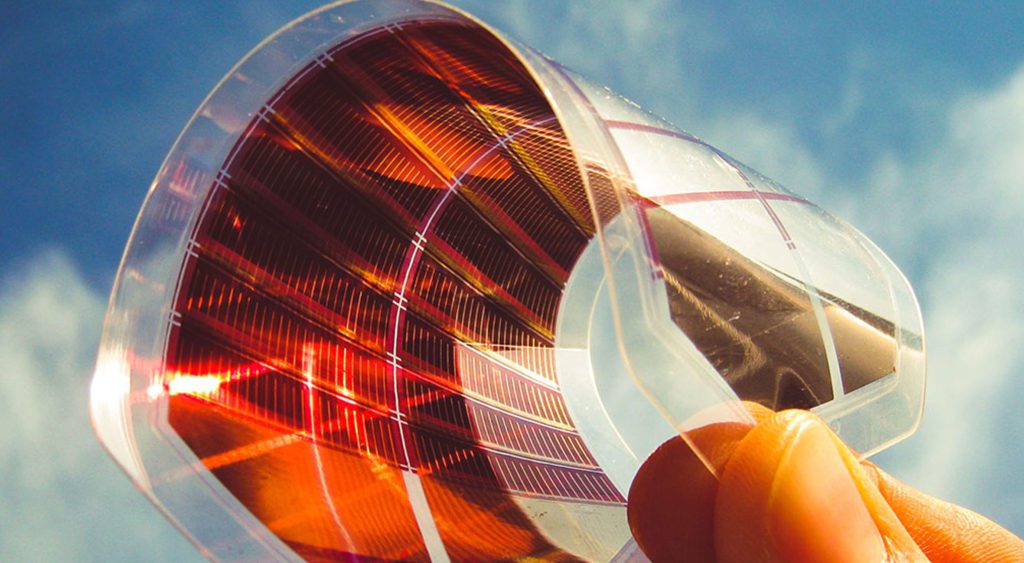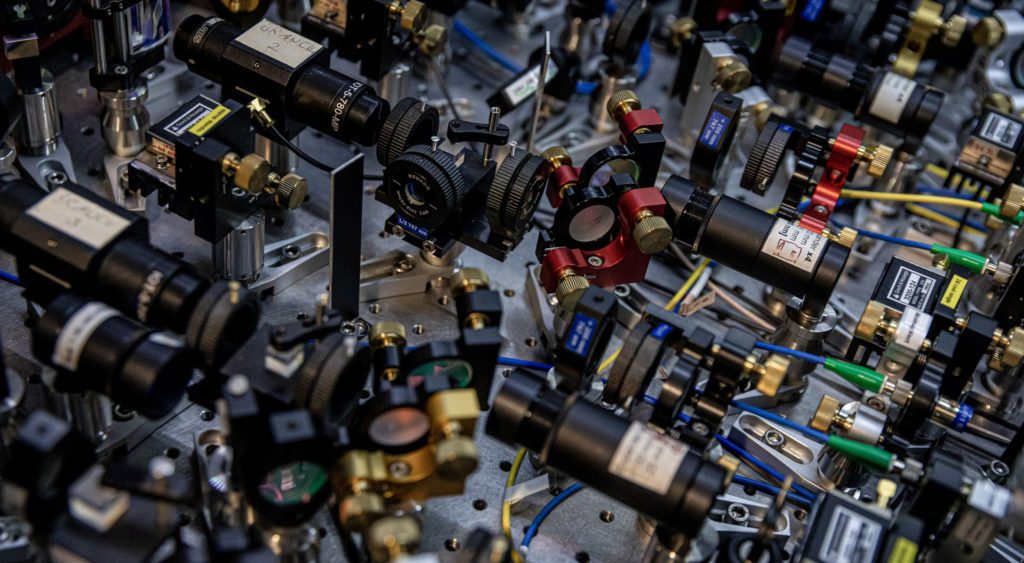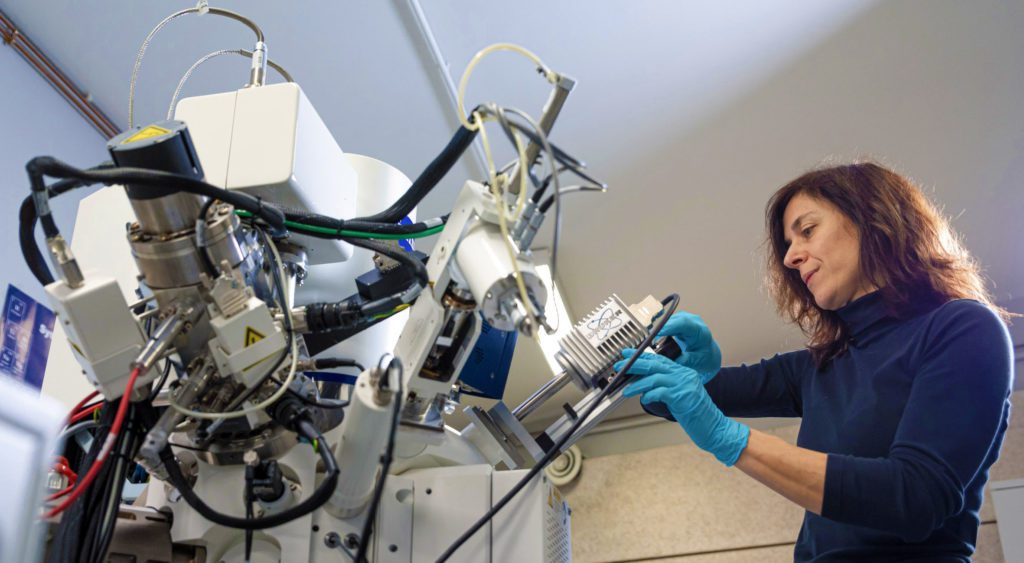Exploit innovative technologies,
technological platforms
or the expertise of our research teams

Exploit an innovative technology developed by a public research laboratory

Access our technological platforms

Take advantage of our researchers’ expertise on specialised subjects
Example of a successful partnership

Licence d'exploitation
Polysecure GmbH
From fundamental research to the markets in just 5 years
Dr Jean-François Lutz, Research Directeur at the CNRS (Charles Sadron Institute in Strasbourg) first developed the technology put into production by Polysecure GmbH.
The product, Poltag, was developed by Jean-François Lutz’s team in collaboration with teams led by Didier Gigmes and Laurence Charles in Marseille. With the assistance of the SATT Conectus Alsace technology transfer service, the product has been launched on the market by the German firm Polysecure GmbH.
Poltag is a precision polymer containing coded sequences of monomers . Used in molecular trace amounts (in the region of 10 to 100 ppb), it makes it possible to authenticate and/or recycle a wide variety of materials , such as packaging, luxury products or medical material, for example, or even liquid products like fuels, varnishes or cosmetic formulations.
Use in amounts on the ppb scale means that very small quantities of material (in the region of 1 to 10 grams) are required to meet industrial needs. So the cost and difficulty of synthesis are largely absorbed by the application .
This very recent example shows that precision polymers are not just an academic trend but a new class of functional materials, with a genuine commercial potential.
In this case, it took just five years to go from the first laboratory tests to a launch on the market .
